What Is a Manufacturing Audit?
A manufacturing audit is a thorough examination of a manufacturer’s processes and systems. The goal of conducting an audit in the manufacturing industry is to evaluate, improve, and maintain high standards within manufacturing processes.
Manufacturing audits are conducted regularly to make sure In order to meet client and consumer demands, while also ensuring a high standard of quality control and safety, manufacturers regularly conduct manufacturing audits, also known as factory audits. Typically, this type of audit is conducted by an internal employee who is highly knowledgeable and attentive to the manufacturer’s systems and processes. Otherwise, manufacturers will also bring in outside sources to conduct a third-party audit to avoid biases and streamline the process.
Regular manufacturing audits ensure a company is meeting industry standards, has a high level of quality control and operational efficiency, and is compliant with applicable rules and regulations. An audit can tell you what you are doing well and what areas need more attention and improvement.
Key Areas Assessed in a Manufacturing Audit
When someone conducts an audit in the manufacturing industry, they typically address these key areas:
- Production Processes: Evaluating workflow efficiencies and equipment usage.
- Quality Control: Assessing quality assurance protocols, defect rates, and product standards.
- Safety and Compliance: Ensuring adherence to safety regulations and environmental standards.
- Inventory and Supply Chain Management: Reviewing inventory levels, supplier reliability, and logistics efficiency.
- Documentation and Record Keeping: Verifying production records, compliance documentation, and data accuracy.

Benefits of Conducting Manufacturing Audits
Conducting a manufacturing audit may be required for your industry, but along with meeting minimum compliance standards, this process comes with a host of benefits, including:
- Improved Product Quality: Audits enable you to identify areas that need improvement. By checking in on your processes and systems, you can develop better standard operating procedures that can lead to better product quality and increased output.
- Enhanced Operational Efficiency: Looking closely at your manufacturing processes gives you the opportunity to see what is necessary and what is wasteful. This can help you save resources, reduce costs, and achieve more streamlined processes.
- Compliance and Risk Management: Every industry comes with its own set of regulations. An audit can help you ensure you’re being compliant, leading to less risk and a higher level of safety.
- Better Supplier Management: An audit can help you close any production gaps and inefficiencies, which can help you build better credibility and trust with your suppliers and reduce supply chain interruptions.
- Sustainability: Did you know that manufacturers consume one third of the United States’ energy? By looking closely at processes and systems, your company can make more sustainable choices to reduce its carbon footprint and cut back on environmental waste.
The Manufacturing Audit Process
While the manufacturing audit process can vary from company to company, this process tends to follow these steps:
1. Planning and Preparation
Before you even begin your audit, you need to define the purpose of conducting it. What do you hope to improve through this audit? What are some concerns you want to look deeper into?
By setting clear objectives and a scope of work, you can determine if you checked off all your to-do items and are examining important aspects of quality and compliance. Get organized by gathering all the documentation you might need throughout the process.
2. On-Site Assessment
Now that the prep work is done, you can begin the actual audit. The actual audit will vary between manufacturers depending on their specific processes and systems. Generally, you will conduct thorough inspections of equipment/machinery, work spaces, and employee practices. Then, you may conduct interviews with staff and leadership, reviewing processes and protocols.
When doing your on-site assessment, you need to take detailed notes and record data that you will analyze once the audit is complete. That is, unless you have a speech AI solution that can record the notes for you. Speech-to-text AI technology makes it possible to speak your findings aloud as the system records everything you say and transcribes it into text.
3. Data Analysis and Reporting
Using the notes and data you gathered, you will then analyze your findings. Based on set standards, you will determine whether the manufacturer is meeting them and which areas need improvement. Your data should help you identify gaps that will help the company develop better processes that are in accordance with customer and regulatory authorities’ standards.
Using this data, you will develop a comprehensive report that gives an overview of your findings. Oftentimes, you will need to report your summary of findings to key stakeholders, discussing how you are going to implement important changes.
4. Action Plan Development
Since the purpose of a manufacturing audit is to ensure high standards within the manufacturing process, you will use your findings to indicate areas for improvement. Develop a plan of recommendations, bringing them forward to leadership so that you can discuss a plan of action. Through these recommendations, you are able to pinpoint corrective actions that ensure your part of the supply chain is compliant.
5. Follow-Up and Continuous Improvement
An audit is rarely a one and done situation. Once you implement the changes you outlined in your action plan, you will need to schedule another audit to ensure continuous optimization. While the frequency of the audit may vary based on the goods produced and industry type, most manufacturers conduct an audit at least once a year.

Manufacturing Audit Checklist
A manufacturing audit checklist typically includes the following:
- Production Efficiency: Evaluate machine performance, cycle times, and production capacity.
- Quality Control: Assess quality assurance protocols, defect tracking, and compliance with standards.
- Safety: Inspect safety procedures, equipment, and compliance with safety regulations (i.e fleet safety)
- Inventory Management: Review stock levels, order accuracy, and supply chain logistics.
- Environmental Compliance: Evaluate waste management, energy usage, and adherence to environmental policies.
Challenges in Manufacturing Audits
Manufacturing audits require a lot of time and effort to be done accurately. They often require highly skilled personnel to conduct them, which can be expensive and difficult to onboard. Along with its resource intensity, audits may be inaccurate due to incomplete or inaccurate data. Without accurate data, the audit isn’t as effective or useful for manufacturers. Likewise, some employees may be hesitant to implement the findings from an audit; they may not agree with the findings or feel they are necessary.
Another challenge employees face when conducting audits is the tools they have available. Some digital tools can be complicated and difficult to train people to use. That’s why some manufacturers are turning to AI technology to streamline their auditing processes. This is especially true of speech AI technology like aiOla. aiOla seamlessly integrates into your existing workflows and technologies, understands your business-specific jargon, and can function in any acoustic environment with utmost accuracy.
AI in Manufacturing Audits and Other Tools
Manufacturers can implement AI into their audits to streamline processes and reduce human errors. They can help with automating data analysis, generating real-time insights, and enabling predictive maintenance. AI can also assist in anomaly detection and root cause analysis, reducing manual audit time.
Let’s expand upon some of these AI tools:
- Audit Management Software: Software solutions that help plan, schedule, execute, and document audits. These tools offer digital checklists, automated reporting, and data storage capabilities for audit tracking and compliance.
- Data Analytics Platforms: Platforms that use advanced analytics and AI algorithms to analyze historical data, identify patterns, and predict potential risks or inefficiencies in manufacturing processes.
- Computer Vision Systems: Cameras and AI-powered visual inspection tools used to detect defects, ensure product quality, and automate compliance checks during production.
- Mobile Inspection Tools: Tablets and mobile devices with specialized apps that allow auditors to document findings on the go, capture photos, and generate instant reports.
- Speech Recognition and Voice-Activated Solutions: Voice technology like aiOla’s Speech AI allows hands-free data entry, real-time reporting, and streamlined workflows for on-site audits. Auditors can interact with systems using their own voice, making the audit process faster, more collaborative, and more efficient.
Implementing Effective Manufacturing Audits with aiOla’s Speech AI Solution
With aiOla’s Speech AI solution, you can run better manufacturing audits by using its:
- Hands-Free Data Entry and Reporting: Use voice commands to collect and document audit findings without even lifting your pencil.
- Real-Time Insights and Collaboration: Instantly process data and allocate tasks with AI-driven speech recognition.
- Streamlined Workflows: Use speech AI to guide auditors through checklists and ensure all items are covered.
- Integration with Existing Systems: Integrate aiOla’s Speech AI with WMS, ERP, and compliance platforms to enhance audit efficiencies.
Final Thoughts on Conducting an Audit in the Manufacturing Industry
In order to maintain high standards and optimized processes, it’s critical to annually, or in some cases even biannually, conduct a full manufacturing audit. While an audit with standard tools and systems can be quite tedious and error prone, using modern solutions like aiOla’s speech AI can help you achieve efficient audit management.
Creating checklists is as easy as speaking in real time, assigning tasks happens seamlessly across collaborators, and data is captured as you speak — making for a more useful and accurate audit.


